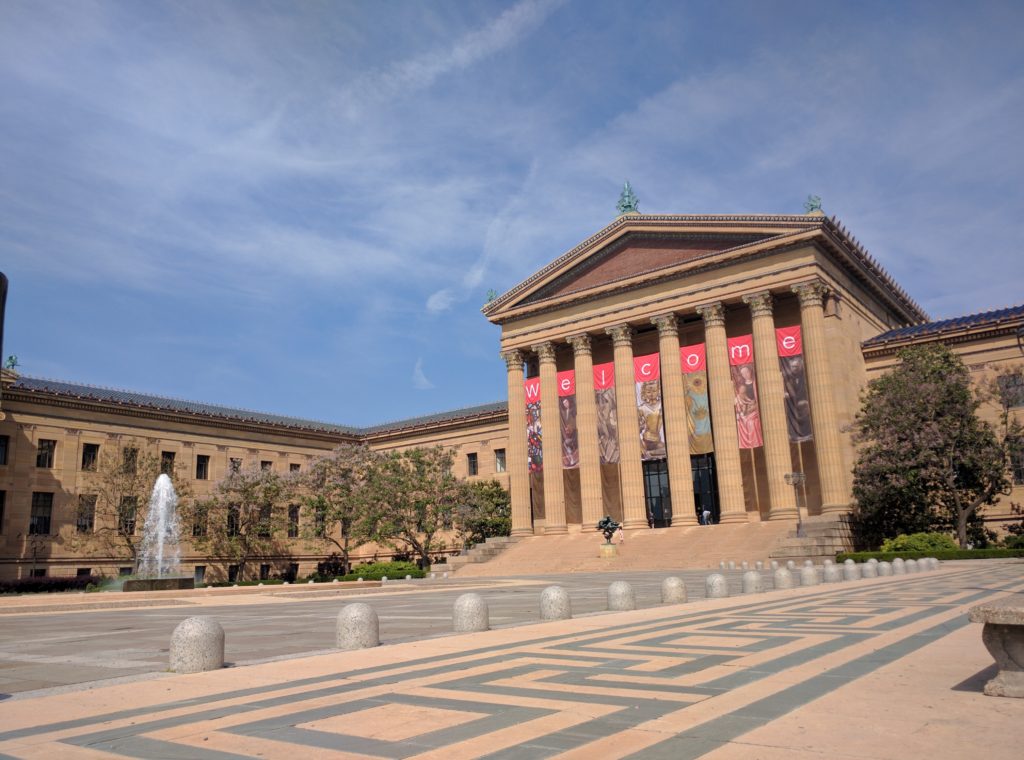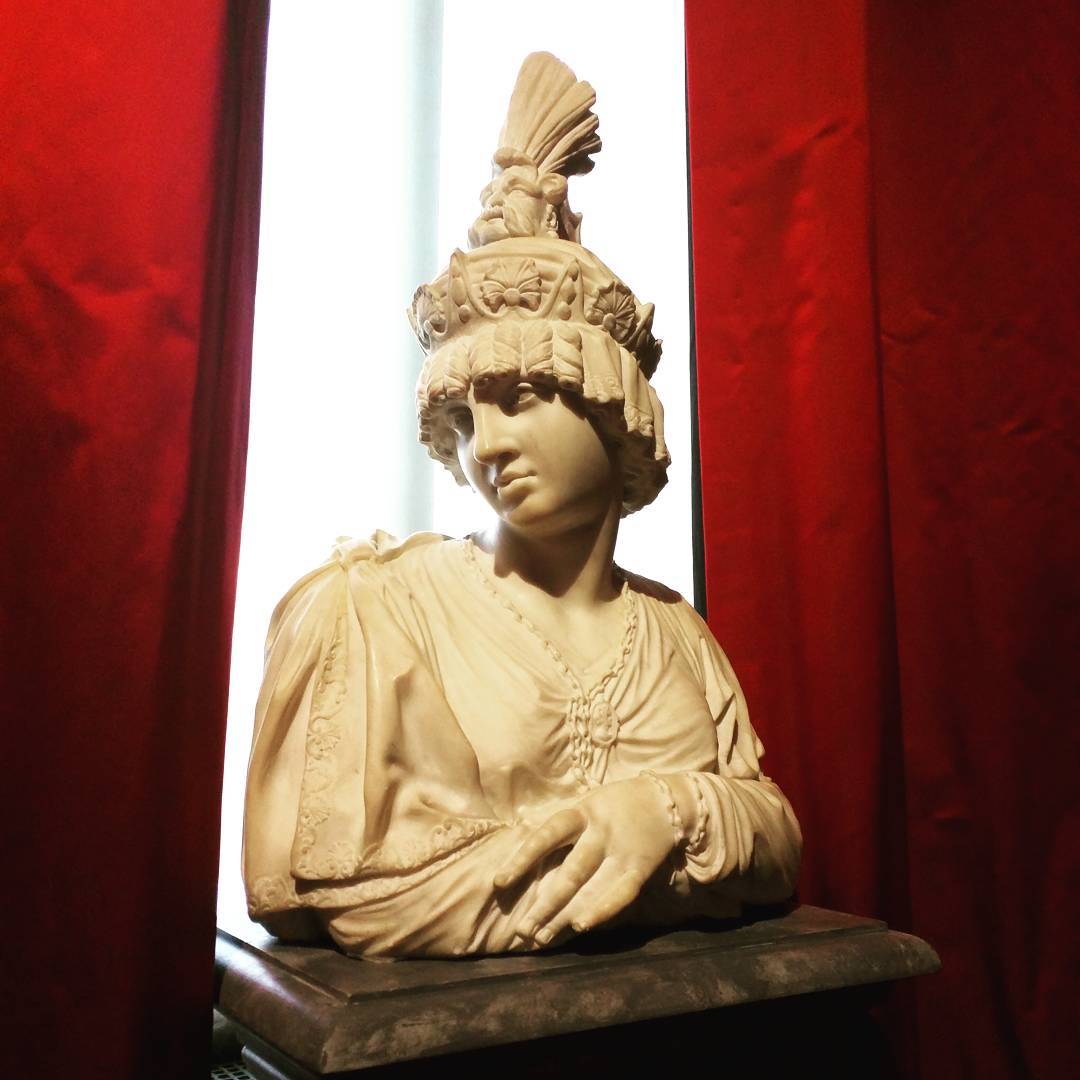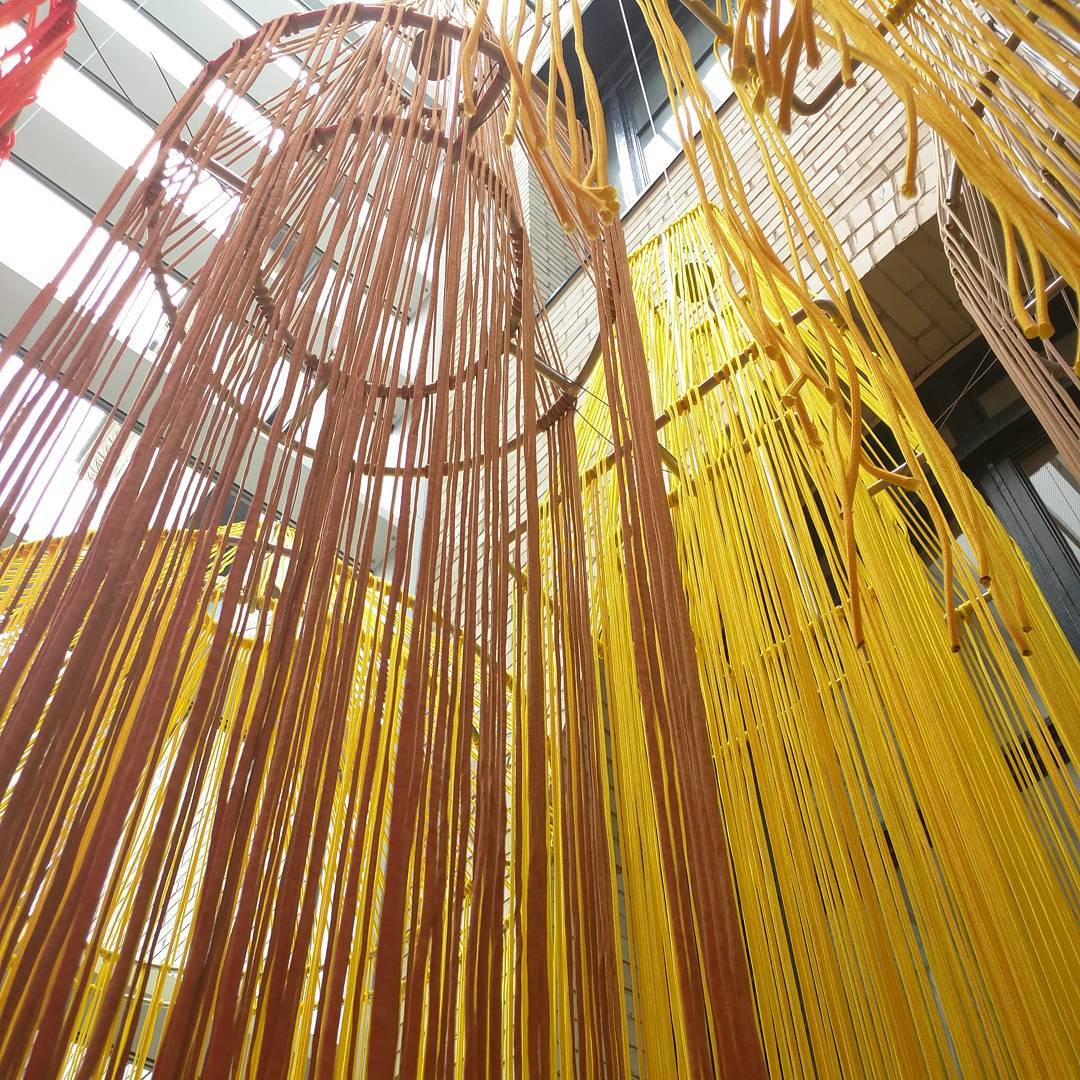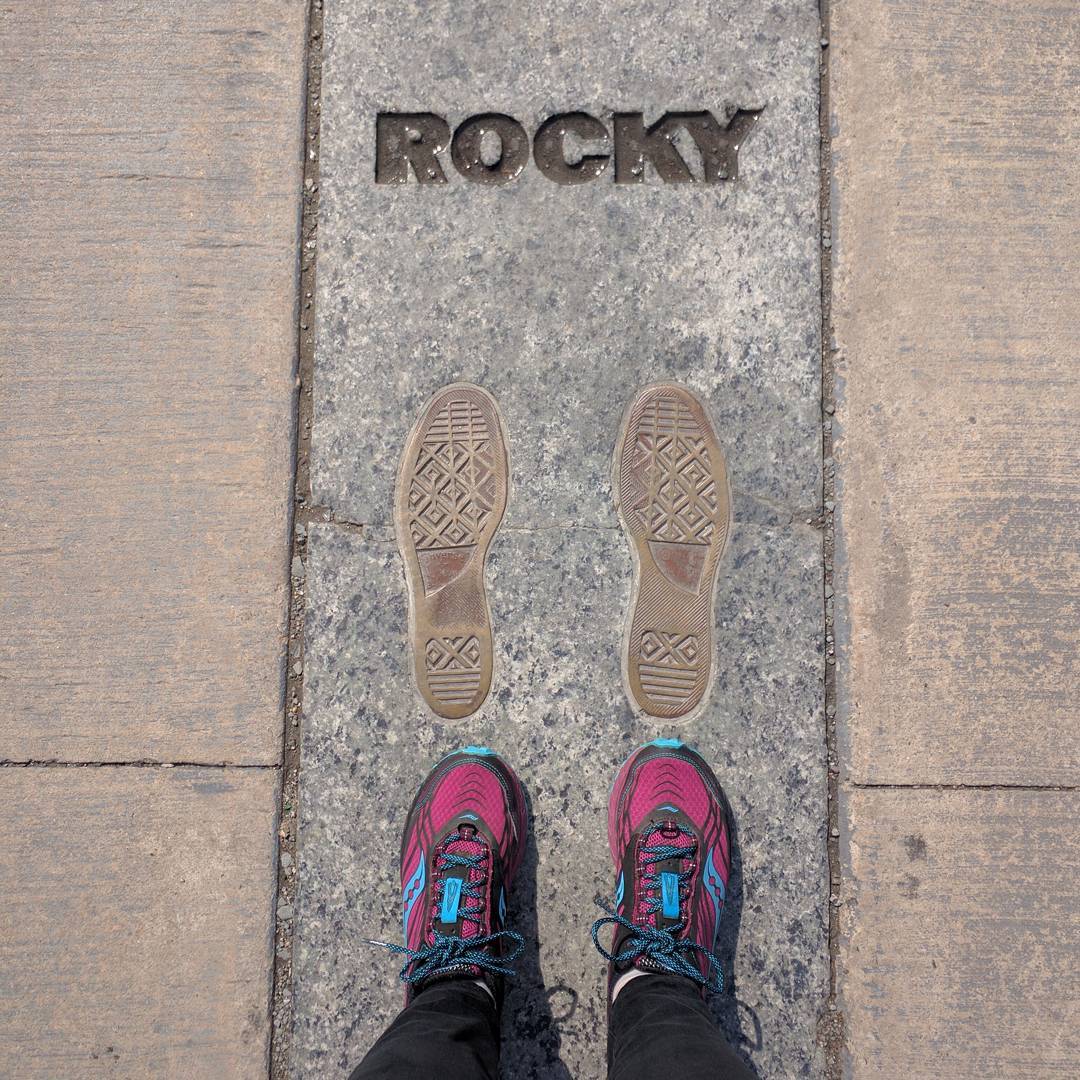The steps outside the east entrance to the Philadelphia Museum of Art are as far as some visitors to the city ever get to the museum’s impressive collection. Ever since Sylvester Stallone’s 1976 run up those steps in Rocky, tourists flock to the Benjamin Franklin Parkway. They’re eager to retrace Rocky’s steps. They race up the steps, arms triumphantly raised. At the foot of the steps, along the street, visitors patiently form a line to get their photo taken with a statue of Rocky.
Obviously, the best part of the museum is inside. (I say “obviously” since I’ve never seen Rocky — but that’s a story for another day.) The museum is home to many great pieces of international acclaim. From Henri Toulouse-Lautrec’s “At the Moulin Rouge: The Dance” to Peter Paul Rubens’ “Prometheus Bound.” From Vincent van Gogh’s “Sunflowers” to Marcel Duchamp’s “Nude Descending a Staircase (No. 2).” But there are also many great pieces with local connections. There is an entire gallery on local painter Thomas Eakins. This includes his key work “The Gross Clinic” depicting a graphic medical operation.
Hanging protectively over the east entrance lobby is Pennsylvanian-born Alexander Calder‘s “Ghost” mobile. The Calder family have left their stamp on Philadelphia. From the second floor window, looking out over the Parkway, you can see two generations of Calders. Just out front is the Swann Memorial Fountain, the fountain his father (Alexander Stirling Calder) created. Then approximately a mile past that, the William Penn sculpture by his grandfather (Alexander Milne Calder) is perched atop City Hall. It’s three generations when you figure “Ghost” into the mix. If you find yourself interested in architecture, the Museum of Art building itself — inside and out — is something to marvel over.
Also part of the Philadelphia Museum of Art are the Perelman Building and the Rodin Museum. With the former just across the street and the latter just a few blocks down the Parkway, they are easily accessible. Both buildings are small. The Perelman Building is home to different rotating exhibits. Currently, Creative Africa is on display, comprised of five different components of five different types of media.
Earlier this year when my husband and I purchased a membership to the Philadelphia Museum of Art I was excited. I’d always been a casual once-every-few-years kind of visitor. I think I’ve been there more times in 2016 than all the other visits in my life combined. It’s allowed me to get familiar with the art, to not feel required to absorb as much as possible on each visit. To get a sneak peek at the International Pop exhibit before it opened to the public. And to take a tour on the museum’s architecture and another sharing fascinating stories behind some of the collection.
Now is the best time to visit the Philadelphia Museum of Art. It is a great time to get a look at the museum as it is currently. While it isn’t currently overly obvious, the museum is in the process of transition. Several years ago, famed architect Frank Gehry’s proposed expansions and redesigns for the museum. The first phase of those plans are underway. My advice: make plans to visit now. Then visit as the renovations progress to get a good before and after of this world famous institution.
Philadelphia Museum of Art
2600 Benjamin Franklin Parkway
Philadelphia, PA 19130




Pingback: My Must See: Charming & Historic Görlitz, Germany - Reverberations
Pingback: How to Spend a Day in Philadelphia for Art Lovers - Reverberations